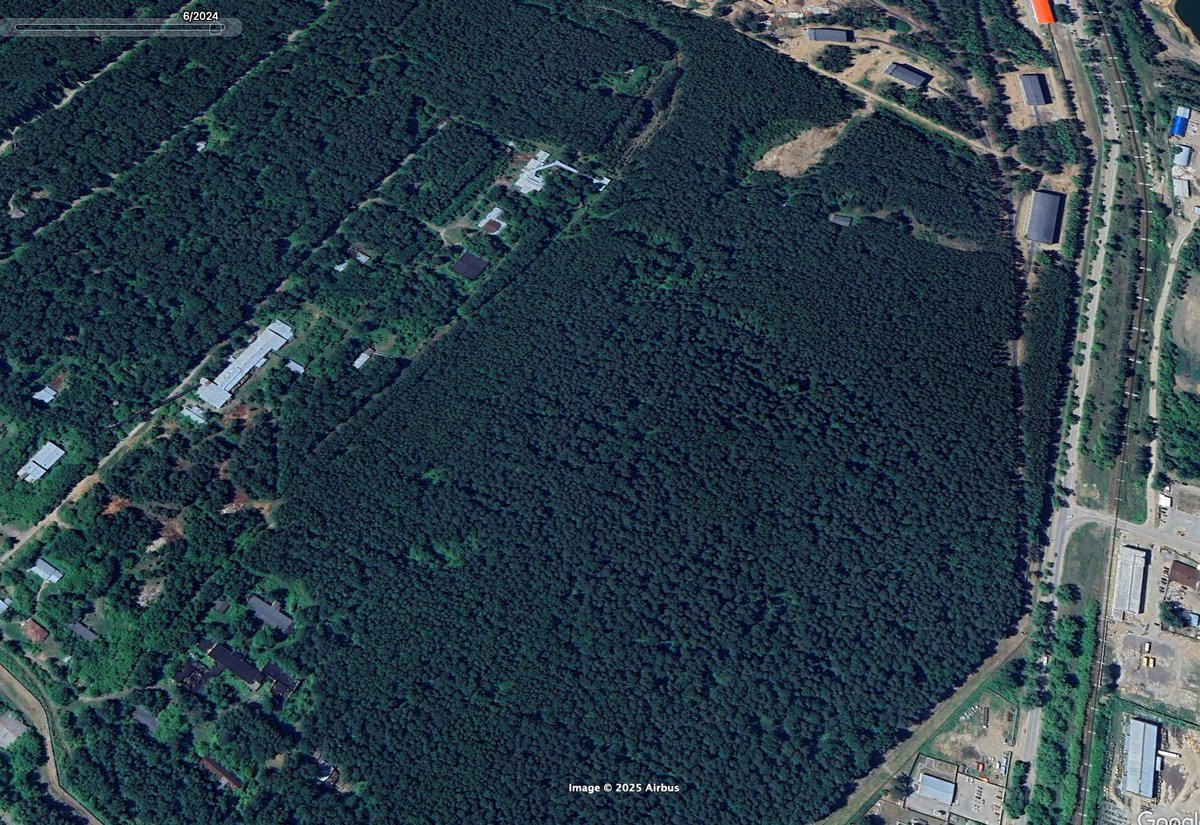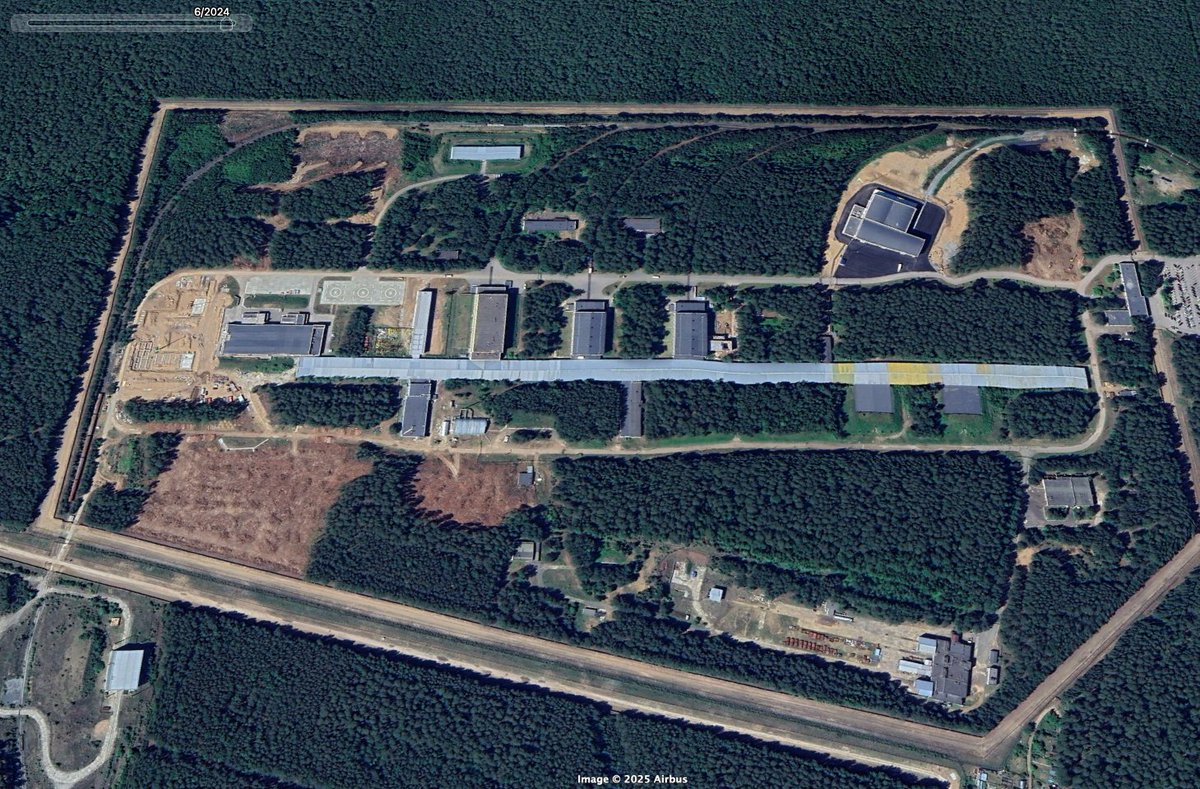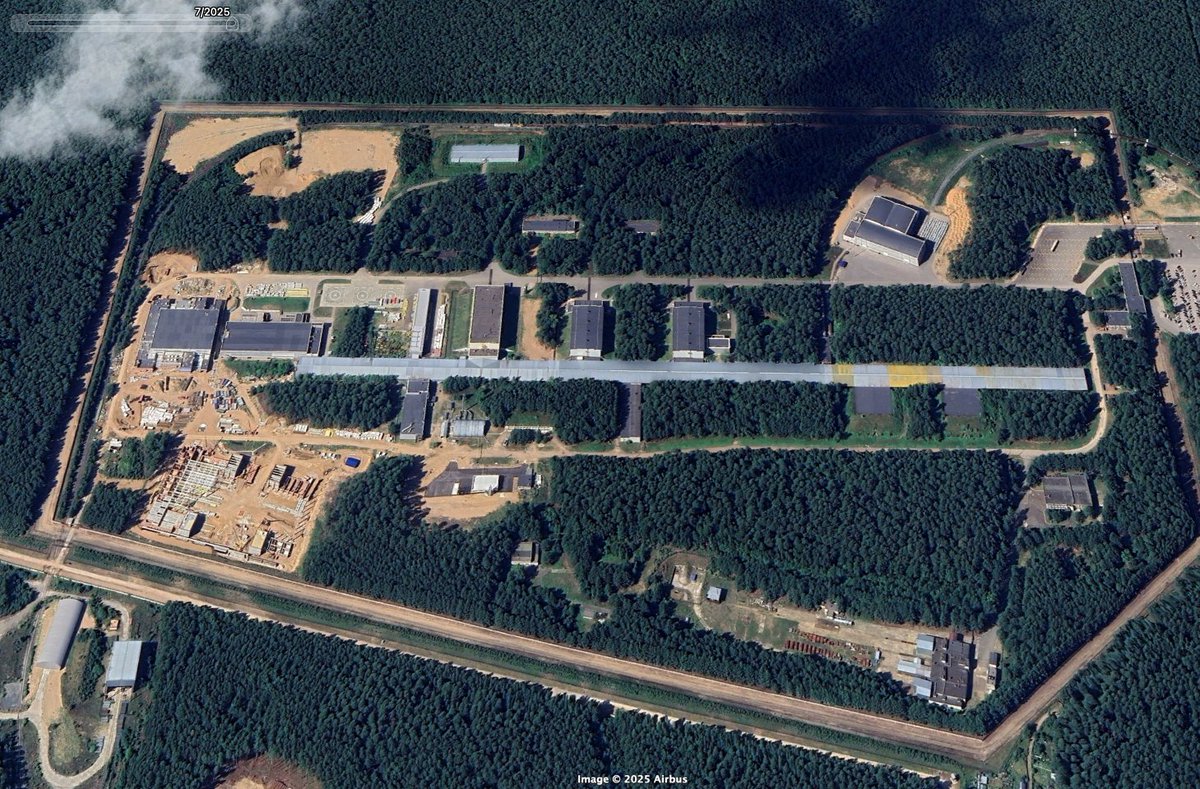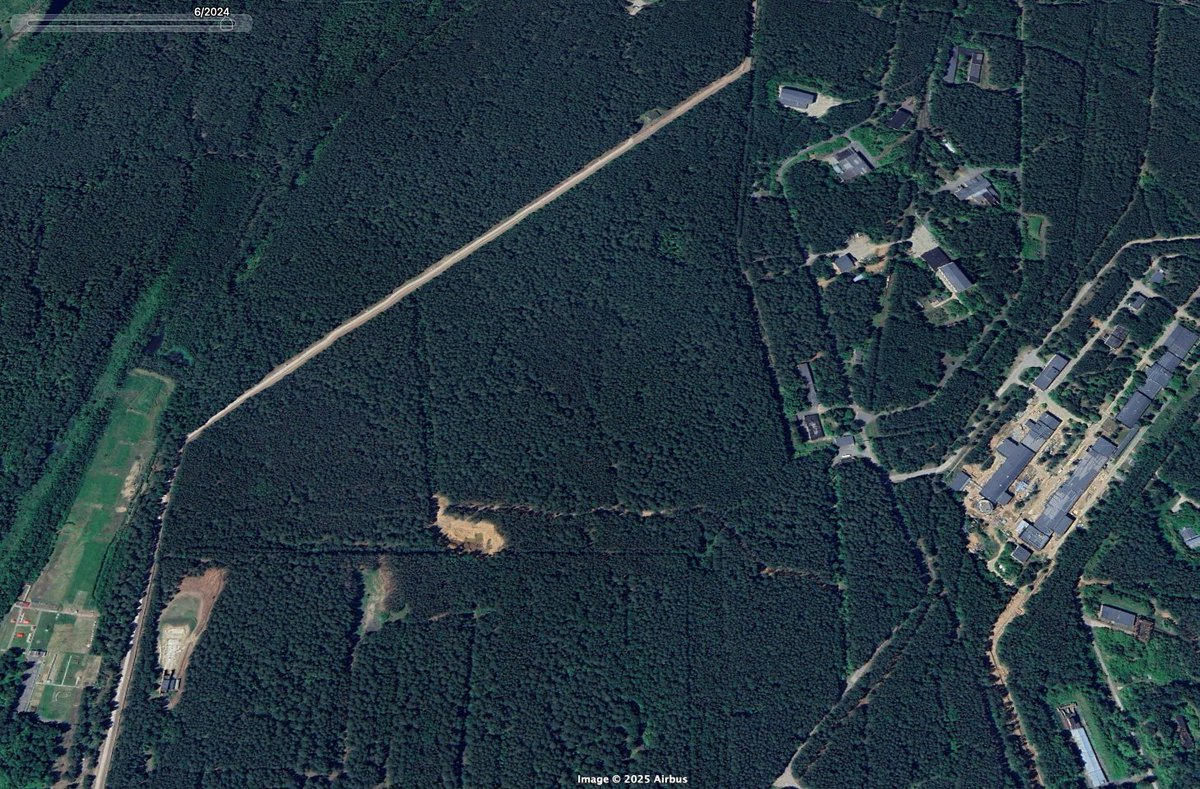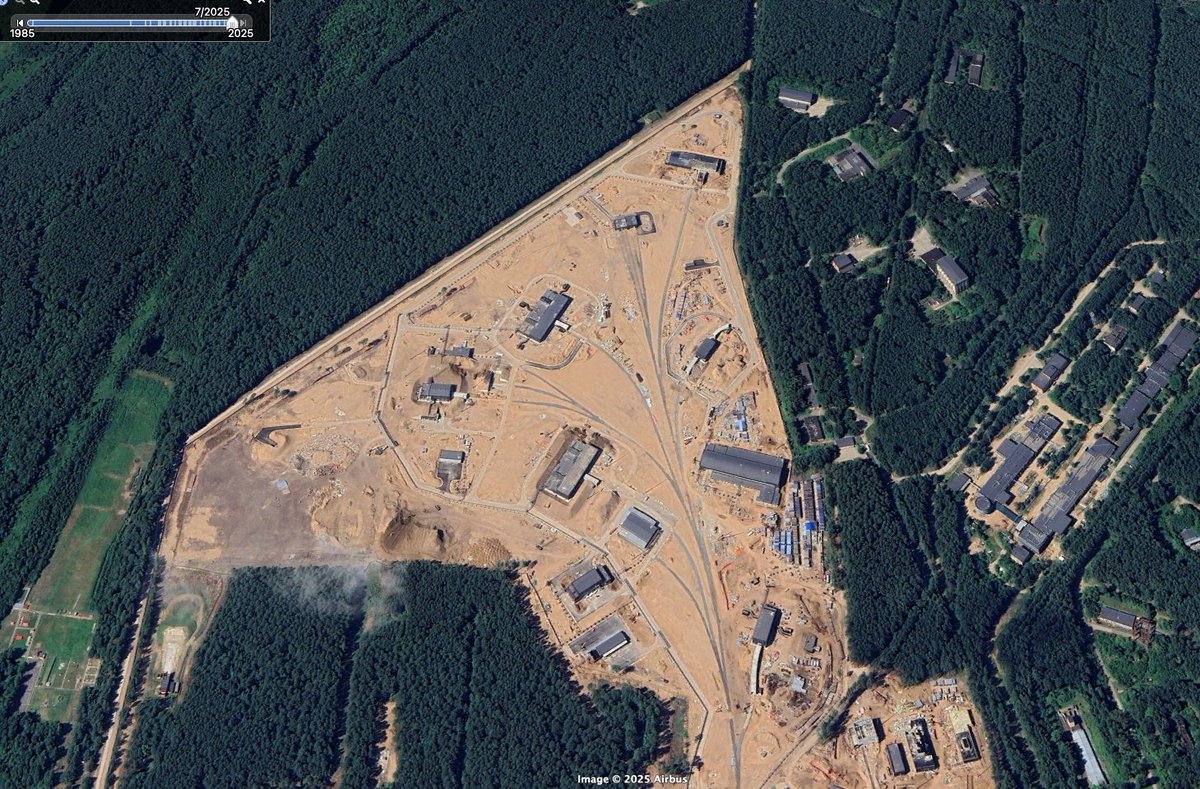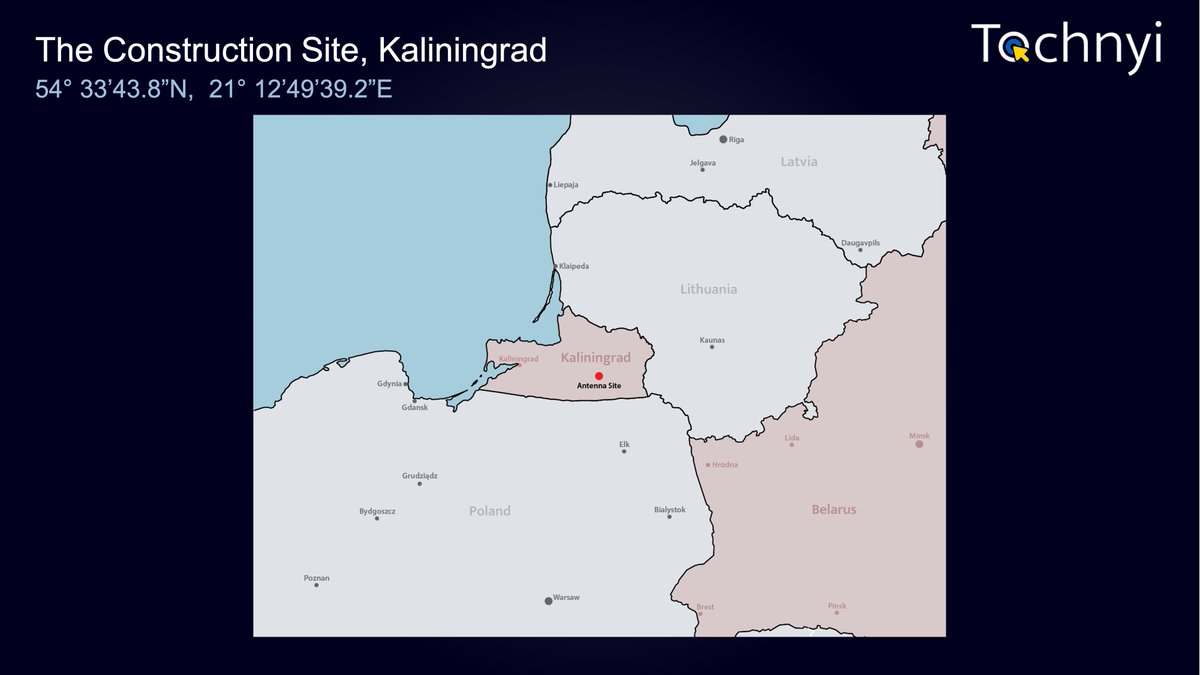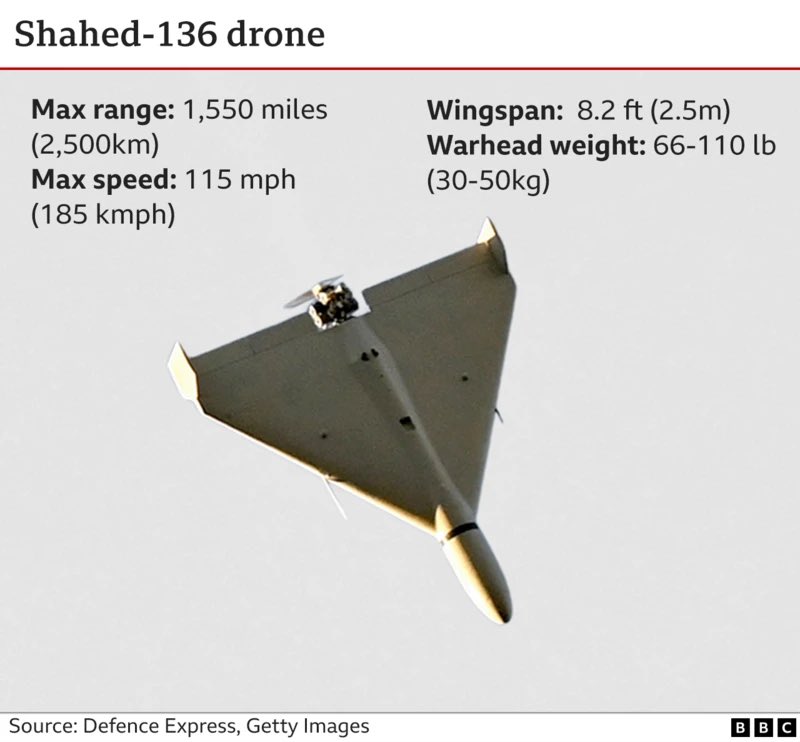Piercing Russian heavy armor
My latest work is now on @tochnyi website, it wouldn't be possible without the support of the entire team, a special mention to @wendy_dyers for his proofreading, and to @clockworkChris for his marvellous graphics.
tochnyi.info/2024/06/pierci…
My latest work is now on @tochnyi website, it wouldn't be possible without the support of the entire team, a special mention to @wendy_dyers for his proofreading, and to @clockworkChris for his marvellous graphics.
tochnyi.info/2024/06/pierci…
1/n Introduction
Understanding the impact of FPV drones on tanks in the Ukrainian war is complex due to several factors. Reliable and comprehensive data is essential but currently limited, with most data coming from Andrew Perpetua and his OSINT team, providing valuable but not exhaustive insights.
The evolving FPV drone technology and tactics by Ukrainian and Russian forces add complexity. Each side continuously develops and refines these drones, making it challenging to assess their impact accurately. Different drone models with various capabilities influence their effectiveness against tanks, leading to constant adaptation of strategies in response to drone threats.
Moreover, the quality of visual data, often from video footage, affects the accurate identification and counting of damaged or destroyed tanks. Poor video quality can lead to misidentification or underreporting, further complicating the assessment.
Understanding the impact of FPV drones on tanks in the Ukrainian war is complex due to several factors. Reliable and comprehensive data is essential but currently limited, with most data coming from Andrew Perpetua and his OSINT team, providing valuable but not exhaustive insights.
The evolving FPV drone technology and tactics by Ukrainian and Russian forces add complexity. Each side continuously develops and refines these drones, making it challenging to assess their impact accurately. Different drone models with various capabilities influence their effectiveness against tanks, leading to constant adaptation of strategies in response to drone threats.
Moreover, the quality of visual data, often from video footage, affects the accurate identification and counting of damaged or destroyed tanks. Poor video quality can lead to misidentification or underreporting, further complicating the assessment.
2/n Toll on Russian tank fleet
The totals amounted to 582 tanks damaged, making this the largest category and indicating that most FPV strikes result in damage rather than destruction or abandonment; 86 tanks were found to be abandoned, a smaller but notable portion, and 148 tanks destroyed; showing that while destruction is less common than damage, it is still a significant result.
The general trend indicates an increase in the number of FPV strikes over time, especially from January to March 2024. Damaged tanks consistently represent the majority of strikes each month. The number of destroyed tanks remains relatively steady, while abandoned tanks vary but also show an increase towards the later months.
The totals amounted to 582 tanks damaged, making this the largest category and indicating that most FPV strikes result in damage rather than destruction or abandonment; 86 tanks were found to be abandoned, a smaller but notable portion, and 148 tanks destroyed; showing that while destruction is less common than damage, it is still a significant result.
The general trend indicates an increase in the number of FPV strikes over time, especially from January to March 2024. Damaged tanks consistently represent the majority of strikes each month. The number of destroyed tanks remains relatively steady, while abandoned tanks vary but also show an increase towards the later months.

3/n In support of the total tank losses, a breakdown of the financial impact of FPV drone strikes on Russian tanks from September 2023 to March 2024 is given by the following figure. The data is segmented into three categories: destroyed, abandoned, and damaged tanks, each represented by a different colour (black, rose and red respectively). These should be considered as estimates, since each model fielded may have a different production cost. Furthermore, is difficult to judge the cost of a damaged tank since most of the time this is lost due to subsequent destruction via drone-dropped munition. For this reason, we decided to count 50% of the average cost when the tank is damaged, and 100% in the other cases. In September 2023, the total cost amounted to $117.5 million, with the majority of losses associated with damaged tanks and smaller proportions attributed to destroyed and abandoned tanks. In October 2023, the estimated costs increased significantly to $178.3 million, with damaged tanks still representing most of these. There was also a noticeable rise in losses related to destroyed and abandoned tanks. The estimated costs remained relatively stable in November 2023 at $179.8 million, maintaining a similar distribution among damaged, destroyed, and abandoned tanks.

4/n By looking at this chart, it becomes clear that the T-72 and T-80 are the tanks most affected by FPV strikes. This should not be surprising since these are two of the most abundant tanks in the Russian army [1] and have been widely used since the start of the conflict. Of the 393 damaged tanks, 321 fall into these two categories, making up 81.7% of the overall total.

5/n On several occasions, analysts and public opinion have been divided when discussing the impact of drones, and, more specifically, FPV drones. One school of thought has remained persistent yet unverified: that most strikes on vehicles, particularly tanks, were conducted after the vehicle was incapacitated or in a stationary position. This is mostly true when considering strikes on tanks from drone dropped munition.
However, by analyzing the available footage of FPV strikes on Russian T-72 tanks, it is possible to get a more representative picture of reality. Except for October 2023, the overall share between damaged stationary and moving T-72s is similar, and the overall count slightly favours moving targets. This leads to the conclusion that, based on the data available, FPV drones are not used solely on stationary targets. Due to their agility and speed, they are commonly used on moving targets.
However, by analyzing the available footage of FPV strikes on Russian T-72 tanks, it is possible to get a more representative picture of reality. Except for October 2023, the overall share between damaged stationary and moving T-72s is similar, and the overall count slightly favours moving targets. This leads to the conclusion that, based on the data available, FPV drones are not used solely on stationary targets. Due to their agility and speed, they are commonly used on moving targets.

6/n Analyzing the footage of FPV drone strikes on T-72 tanks provides crucial insights into their tactical applications and the resulting damage patterns. Notably, 71.7% of all attacks on T-72 tanks occur in the rear and turret/rear hull areas. This high percentage highlights a strategic targeting approach, aiming at the tank’s vulnerabilities.
The rear and turret/rear hull areas of a tank, including the T-72, often need to be more armoured compared to the front and sides (Figure 5). This makes these sections prime targets for FPV drone strikes. Specifically, attacks on the turret and rear hull account for approximately 33% of all documented strikes. This focus on the turret/rear hull is critical as it often houses the tank’s ammunition storage.
The agility and speed of FPV drones allow them to approach and strike tanks from these vulnerable angles effectively.
The rear and turret/rear hull areas of a tank, including the T-72, often need to be more armoured compared to the front and sides (Figure 5). This makes these sections prime targets for FPV drone strikes. Specifically, attacks on the turret and rear hull account for approximately 33% of all documented strikes. This focus on the turret/rear hull is critical as it often houses the tank’s ammunition storage.
The agility and speed of FPV drones allow them to approach and strike tanks from these vulnerable angles effectively.

7/n An example video footage shows the tank in motion, with the FPV drone initially trailing it undetected. The drone's high speed allows it to rapidly close the distance to the tank. This phase, which can be named the approaching phase, is critical as it sets up the conditions for a successful strike. During this phase, the drone pilot adjusts the drone’s tilt to gain additional speed and enhance manoeuvrability, which is crucial for maintaining control during the high-speed chase.
As the drone nears its target, the pilot makes further adjustments to the drone's angle of attack. This involves tilting the drone to approximately 30 degrees relative to the plane of the tank. This final adjustment ensures that the drone strikes the target with the maximum chance of penetration. The increased angle not only optimises the speed and control of the drone but also aligns the warhead for an effective top-down impact, targeting the tank's weaker armor.
As the drone nears its target, the pilot makes further adjustments to the drone's angle of attack. This involves tilting the drone to approximately 30 degrees relative to the plane of the tank. This final adjustment ensures that the drone strikes the target with the maximum chance of penetration. The increased angle not only optimises the speed and control of the drone but also aligns the warhead for an effective top-down impact, targeting the tank's weaker armor.

8/n This vulnerability is critical because top-attack weapons, like the RBS 56 BILL anti-tank guided missile, are designed specifically to exploit this weakness. The notorious example of the BILL missile system features a warhead that is angled downwards, designed to detonate above the tank, directing its explosive force downward to penetrate the thinner top armor, which resembles the attack procedure of FPV drones. This design choice is particularly effective against the T-72 and similar tanks, as it can bypass the more heavily armored sections and strike where the armor is less robust. The missile's warhead detonates at an optimal angle to maximize the penetration potential against the relatively thinner top armor, thereby increasing the likelihood of achieving a catastrophic kill.

9/n It's important to investigate the locations where Russian tanks have been attacked. One significant scenario is the flat area on the outskirts of Avdiivka, composed of multiple fields separated by three lines. Figure 9 presents a map with geolocated tanks and pictures of the strikes taken from associated videos. The tanks have been struck mostly on streets and in open fields, particularly close to tree lines. This aligns with the current situation on the ground, where Russians attempt to move rapidly on roads to cover long distances. However, once halted, they try to advance through fields, putting the tank crews in additional danger from artillery, minefields, and FPV drone strikes.

The Russian response: The Turtle Tank
The tanks have primarily been used to transport infantry closer to enemy positions, leveraging their enhanced drone protection to maintain operational capability in contested areas. This role highlights the adaptive nature of the Turtle Tank in meeting the immediate tactical needs of Russian forces [5].
The introduction of Turtle Tanks underscores the evolving nature of modern warfare, where traditional armored vehicles must adapt to new threats like drones. However, the effectiveness of these tanks have been short-lived as Ukraine continued to receive more advanced weaponry from Western allies, including artillery shells and Javelin missiles. These threats will render the Turtle Tanks' drone-specific adaptations insufficient, challenging their continued viability on the battlefield [5].
In addition, as depicted in the graphics, Ukrainian FPV drone pilots showcased how additional layers of protection can be penetrated using more drones and exploiting the exceptional accuracy of the drones. In a specific strike, a turtle tank was targeted three times. The initial two hits targeted the sides, but due to the multiple layers of protection, they were ineffective. However, the third strike targeted the tank tracks, which effectively immobilised the Turtle Tank, forcing the crew to abandon the vehicle. This is just one example of several situations where these "new" weapon systems have been overcome.
The tanks have primarily been used to transport infantry closer to enemy positions, leveraging their enhanced drone protection to maintain operational capability in contested areas. This role highlights the adaptive nature of the Turtle Tank in meeting the immediate tactical needs of Russian forces [5].
The introduction of Turtle Tanks underscores the evolving nature of modern warfare, where traditional armored vehicles must adapt to new threats like drones. However, the effectiveness of these tanks have been short-lived as Ukraine continued to receive more advanced weaponry from Western allies, including artillery shells and Javelin missiles. These threats will render the Turtle Tanks' drone-specific adaptations insufficient, challenging their continued viability on the battlefield [5].
In addition, as depicted in the graphics, Ukrainian FPV drone pilots showcased how additional layers of protection can be penetrated using more drones and exploiting the exceptional accuracy of the drones. In a specific strike, a turtle tank was targeted three times. The initial two hits targeted the sides, but due to the multiple layers of protection, they were ineffective. However, the third strike targeted the tank tracks, which effectively immobilised the Turtle Tank, forcing the crew to abandon the vehicle. This is just one example of several situations where these "new" weapon systems have been overcome.

Conclusions
The use of FPV drones in the Ukrainian war against Russian tanks demonstrates the evolving nature of modern warfare. Financially, FPV drone strikes have amounted to an estimated $1.52 billion over the analyzed period, causing substantial damage to T-72 and T-80 tanks. The drones have exhibited precision and agility in targeting vulnerabilities, leading to catastrophic internal explosions and showing versatility in various combat scenarios.
The extended of the article version is available tochnyi.info/2024/06/pierci…
The use of FPV drones in the Ukrainian war against Russian tanks demonstrates the evolving nature of modern warfare. Financially, FPV drone strikes have amounted to an estimated $1.52 billion over the analyzed period, causing substantial damage to T-72 and T-80 tanks. The drones have exhibited precision and agility in targeting vulnerabilities, leading to catastrophic internal explosions and showing versatility in various combat scenarios.
The extended of the article version is available tochnyi.info/2024/06/pierci…
• • •
Missing some Tweet in this thread? You can try to
force a refresh


